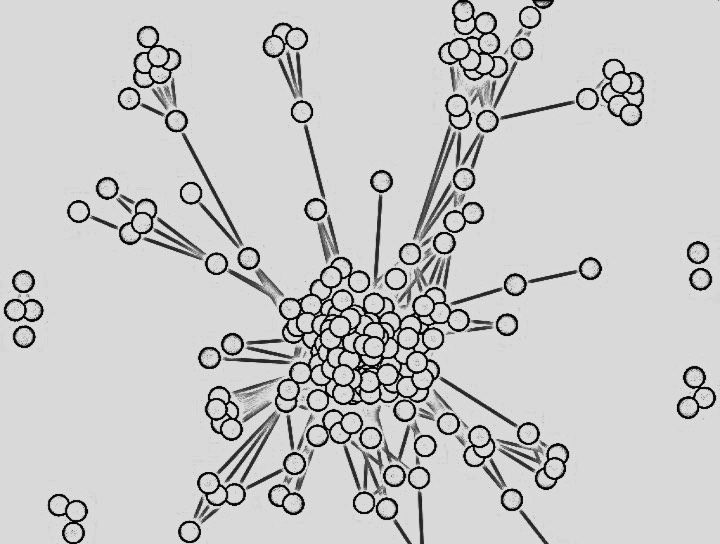by John Casey for CBIOMES
CBIOMES Postdoctoral Fellow John Casey, has been working closely with MIT Group PI Mick Follows to combine quantitative proteomics, flux balance analysis of genome-scale metabolic models (GEMs), and molecular modeling in an attempt to estimate the parameters of a kinetic model based on transport fluxes, transporter abundances and structures, molecular diffusivity, and microscale fluid dynamics.
Among the many adaptations microbes leverage to compete in environments with persistent nutrient limitation is the regulation of membrane transporters. By manipulating the abundance of a particular transporter, microbes affect control over both the capacitance and the maximum flux of a particular nutrient.
This important capability has not yet been incorporated into, e.g., trait-based modeling approaches, largely due to the lack of known kinetic parameters specific to each substrate, and specific to each organism.
Building on ideas from Armstrong (2008), I have been working closely with Mick Follows to combine quantitative proteomics, flux balance analysis of genome-scale metabolic models (GEMs), and molecular modeling in an attempt to estimate the parameters of a kinetic model based on transport fluxes, transporter abundances and structures, molecular diffusivity, and microscale fluid dynamics.
So far I have validated this approach using the extensive and detailed measurements available for the model organism Escherichia coli K12 and extended the technique to the marine cyanobacterium, Prochlorococcus, for which fewer quantitative data are available.
The figure below shows the modeled kinetics of phosphate uptake by Prochlorococcus SS120 and reveals close agreement between measured transporter abundance and the predicted optimum.

Looking ahead, I am eager to integrate his model into simulations of the growth and metabolism of other Prochlorococcus strains, taking into consideration the many associated adaptations in cellular physiology to growth in the diverse nutrient and light environments where Prochlorococcus thrives.


